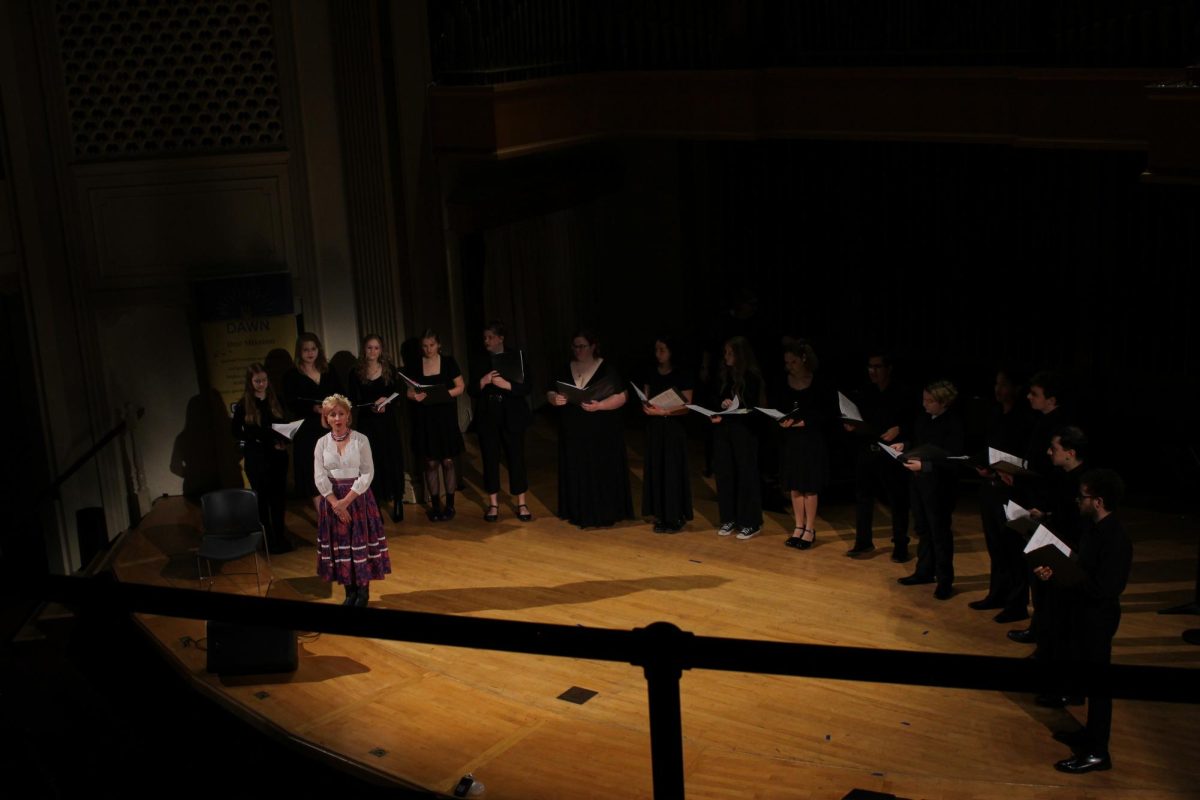Amber McKenna
Dominic Baes
The federal government’s $700 billion bailout efforts are well underway, with 70 percent of the first $250 billion and 40 percent of the next $100 billion already committed.
With even more bailouts up in the air at the moment, Treasury Secretary Henry Paulson said the government would broaden the reach of the $700 billion bailout plan to support non-bank financial institutions.
That’s all good and well, but what about colleges that are struggling to preserve financial aid? For many years, as the stock markets reveled in its ever-increasing value, educational endowments ran rampant, helping colleges and universities alike provide more financial aid, expand and attract better faculty. However, with the financial market now in turmoil, it doesn’t seem likely to be that way anymore.
According to an article in The New York Times, educational institutions are cutting spending, delaying projects and holding off on hiring. Also, as investments and donations wither, some institutions will be forced to cut back their financial aid offerings.
According to the Linfield Web site, endowment gifts continuously give because they are held in perpetuity. The college permanently invests the initial gift and spends a portion of the average annual investment return. The amount to be spent, called the payout rate, is set by the Board of Trustees. A portion of the income is reinvested each year, enabling the endowment to grow and provide a permanent stream of income.
Endowment management at most colleges involves a “smoothing strategy” that tries to blend spending during good and bad years, in the hope of avoiding abrupt layoffs or other cuts if the endowment falls precipitously.
Though endowments generally pay out about 5 percent of their assets annually, they often calculate the amount on an average of the previous three years, or other formulas. So, in a rising market, colleges appear to be giving away less than 5 percent of the current endowment value; in a failing market, they appear to be giving away more.
A prolonged bear market would be likely to depress returns or even create more losses. Contributions from alumni may also decline, putting even more pressure on endowments just as the colleges need more financing from them.
President Hellie has done an excellent job in raising Linfield’s endowment fund, collecting millions of dollars to help aid students, faculty, staff and the college in general. The Review would love to see this continue despite this roller coaster ride we call an economy.
As the economy continues to rock in this most precarious manner, affected students will ask for more financial aid as the years pass, and, considering the price tag attached to this college, students can use all the help they can get.






